- An ode to the forest
- Welcome to Chai Time at Aramness
- Food That Nourishes
- Experience the Aramness Way
- Take A Walk On The Wild Side
- That Wonderful Time of the Year
- A Truly Iconic Safari Experience
- Diversity of life in the Gir ecosystem
- The Winter Season Safari Premiere
- From A Naturalist's Lens
- Embracing Stillness in Gir
- The Feathered Friends of Gir
- Our Closest Connection to Wilderness
- The Cuddly Side of Lions
- What Deer & Parakeets Reveal About Gir’s Wild Heart
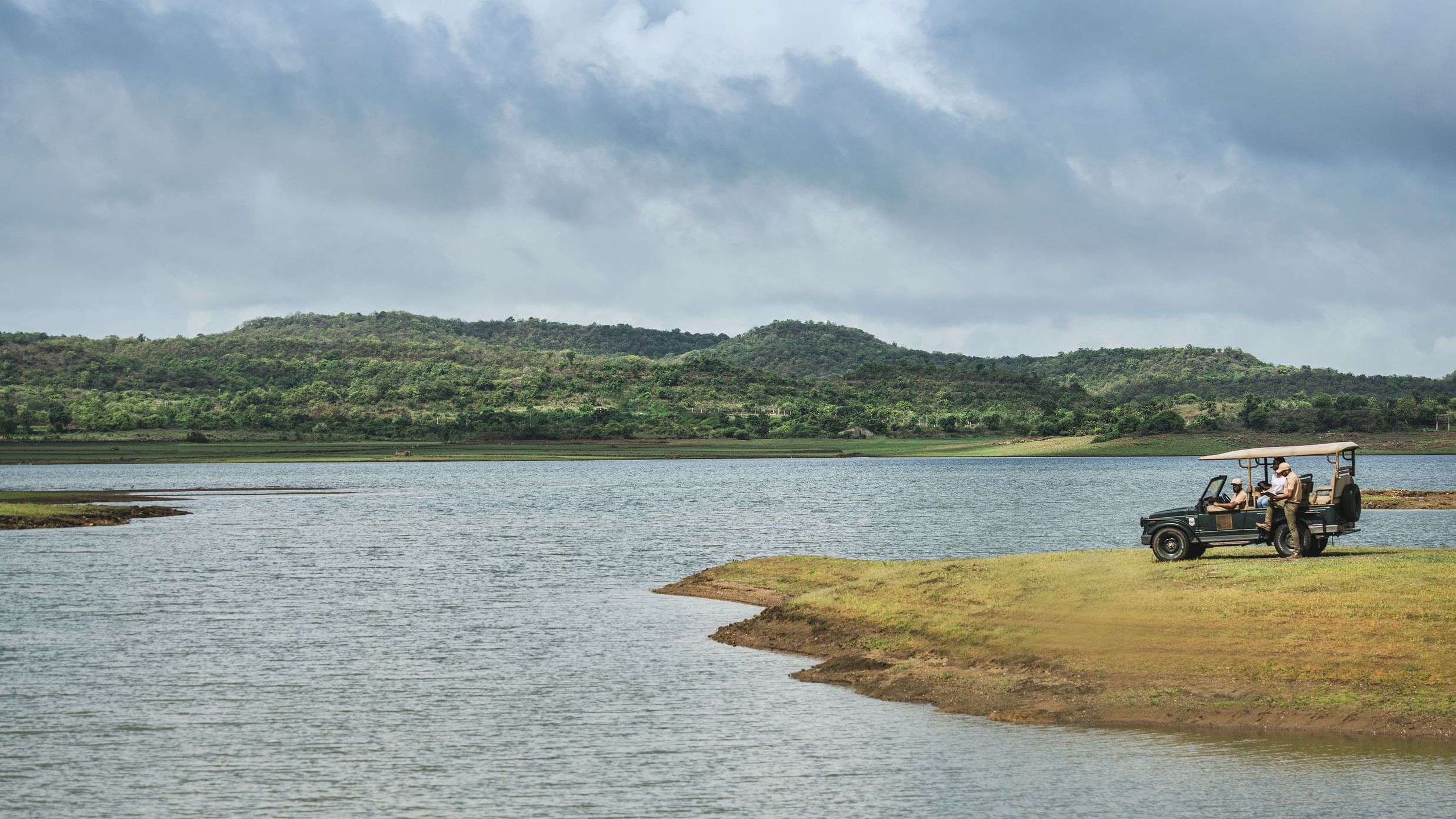
After having experienced the tail-end of the long rains, Gir is at its most lush and vibrant self, writes our naturalist Piyush.
A dense deciduous forest, Gir is interspersed with grasslands, shrubs, and evergreen trees. Gir is home to seven perennial rivers - southern Gujarat’s water lifelines, the Hiran, Shetrunji, Dhatarvadi, Shingoda, Machhundri, Ambajal, and Raval rivers. More importantly, the reservoir formed by the Kamleshwar Dam on the Hiran is often called the lifeblood of the Gir ecosystem.
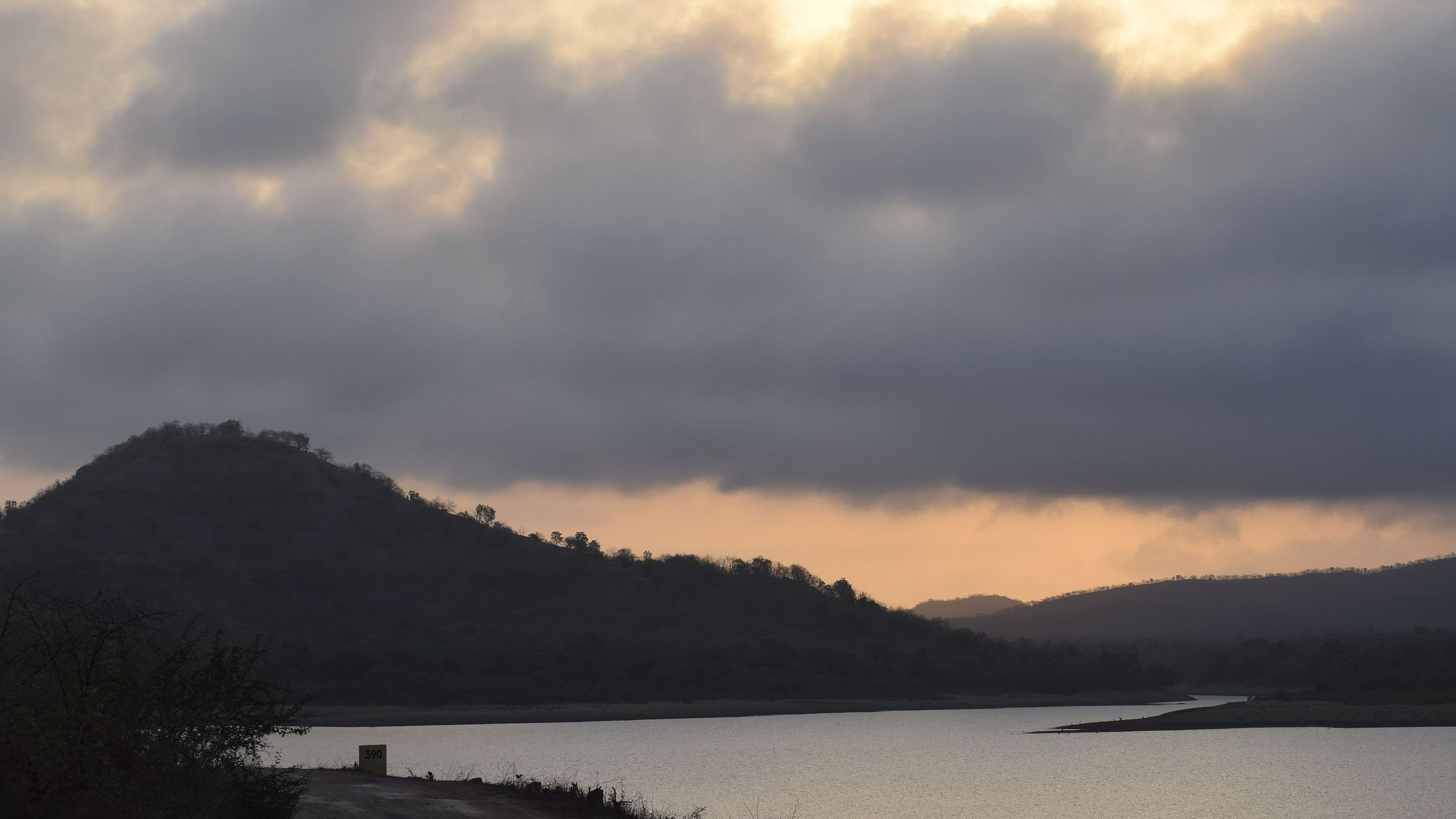
Hiran River is also the best place to spot mugger crocodiles. In fact, their regular sightings bear witness to their successful conservation and reintroduction into Gir’s waterbodies.
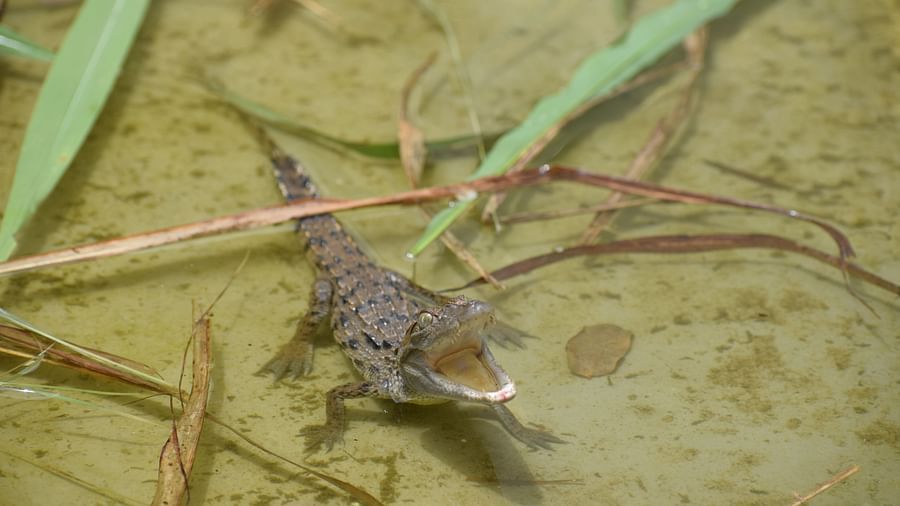
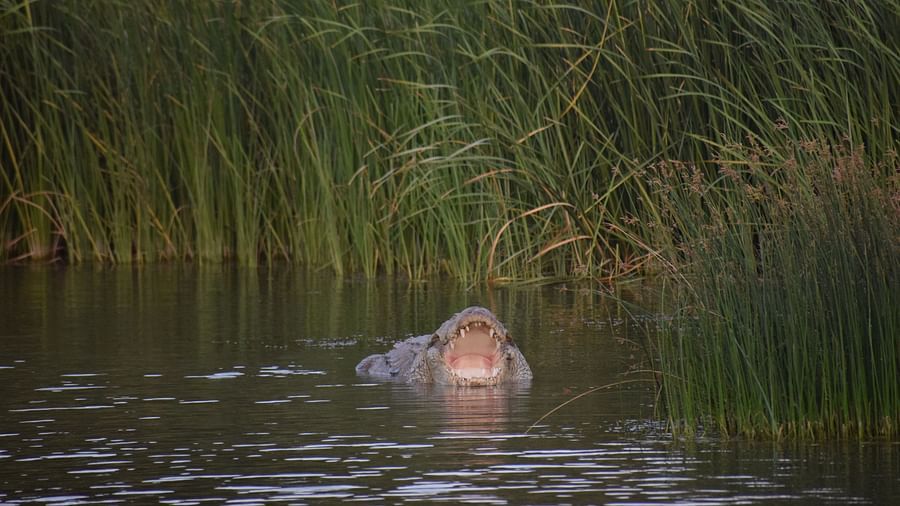
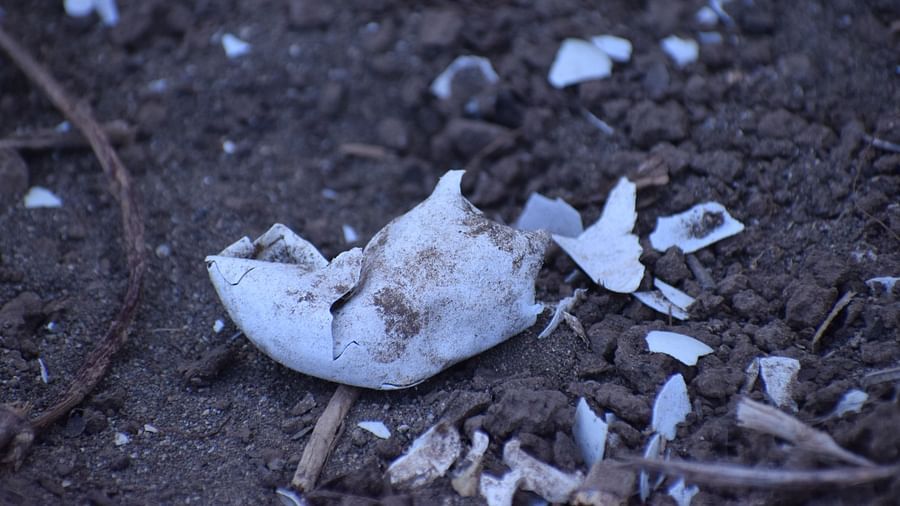
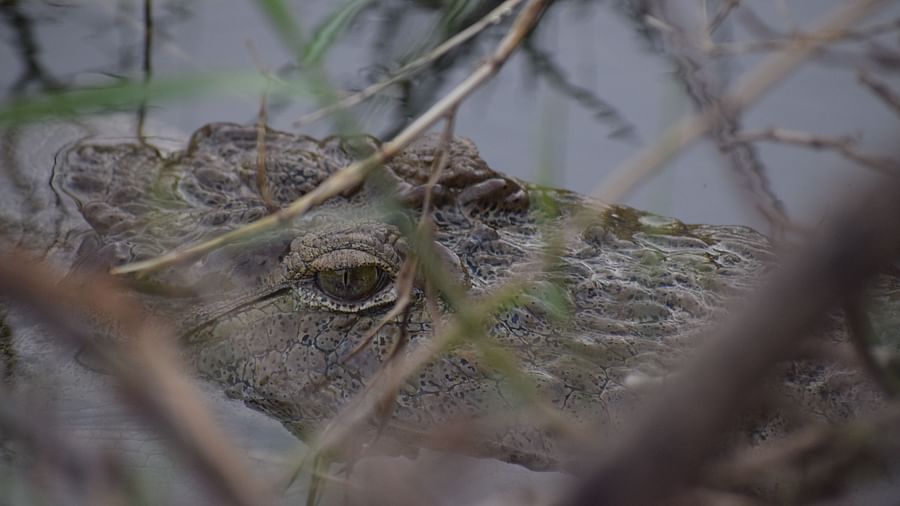
Thanks to the rains, animals of Gir National Park put on an entirely different show for its visitors.
The activity of reptiles and insects increases a lot after rain. They are very active at night. Butterflies and other insects commonly use grass, tree leaves and rocks as safe havens. And the butterflies lay their eggs on the host plant, completing its life cycle as egg > larva > pupa > butterfly.
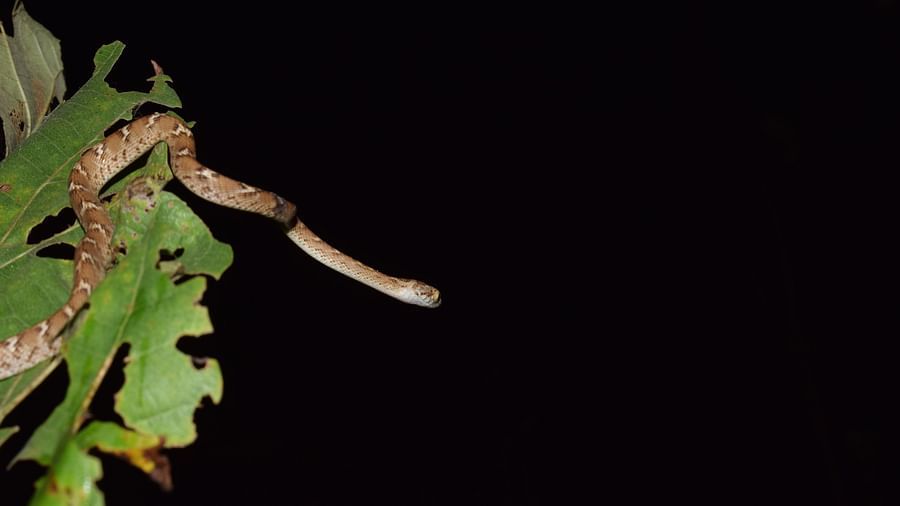
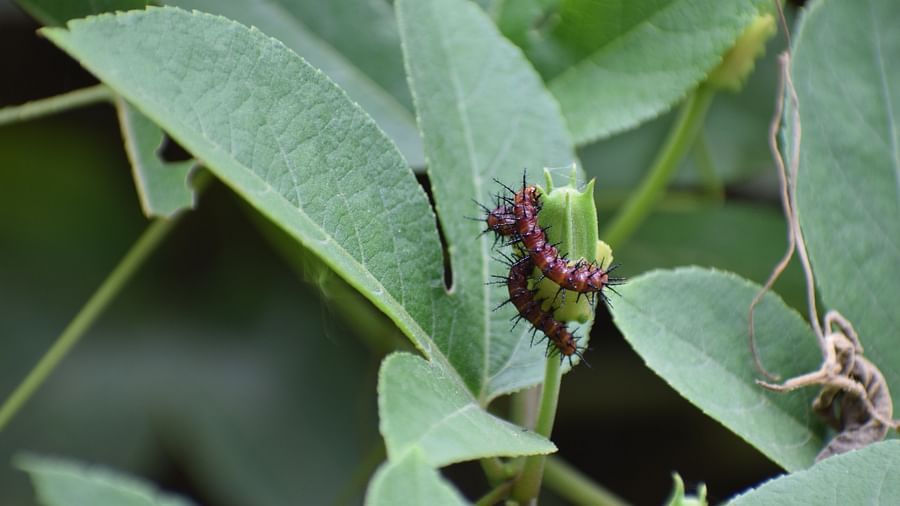
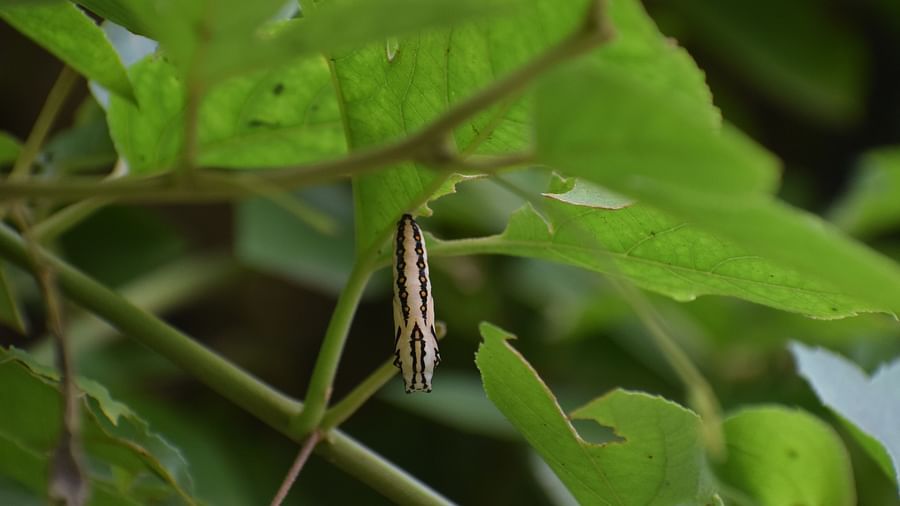
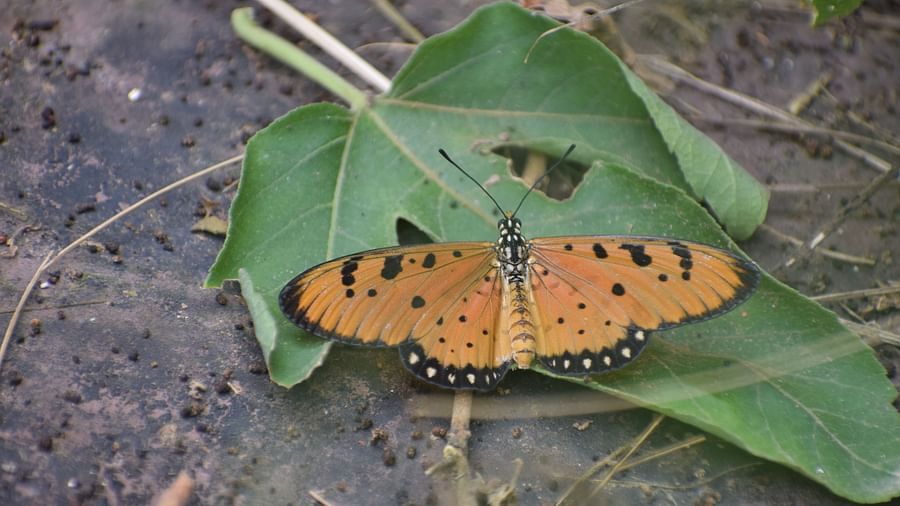
Gastropods commonly known as slugs and snails are found throughout the monsoon forest region. The basic gastropod life cycle begins with fertilization and passes through the stages of embryo, trochophore larva, veliger larva, juvenile before becoming an adult. This completes their life cycle.
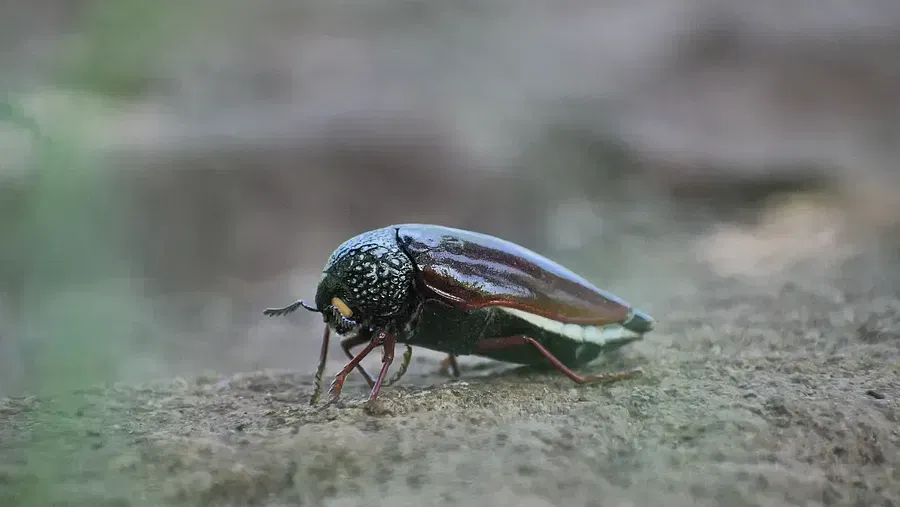
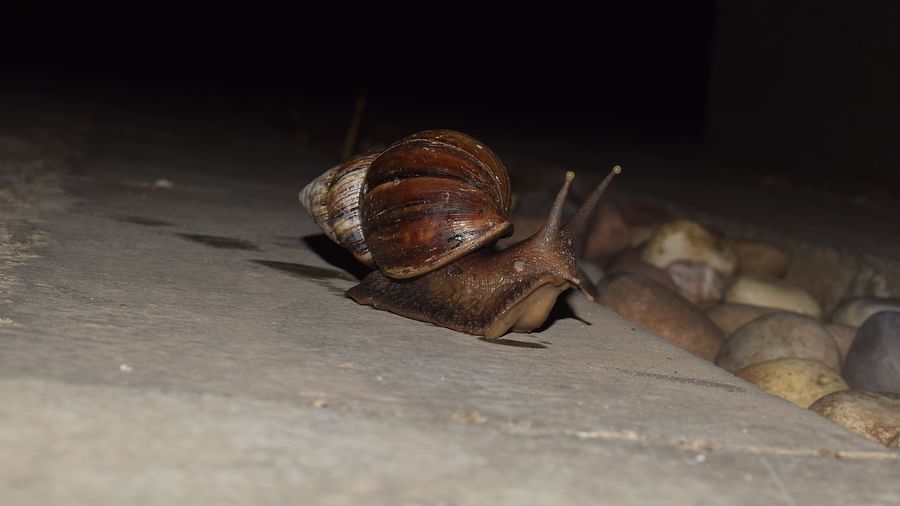
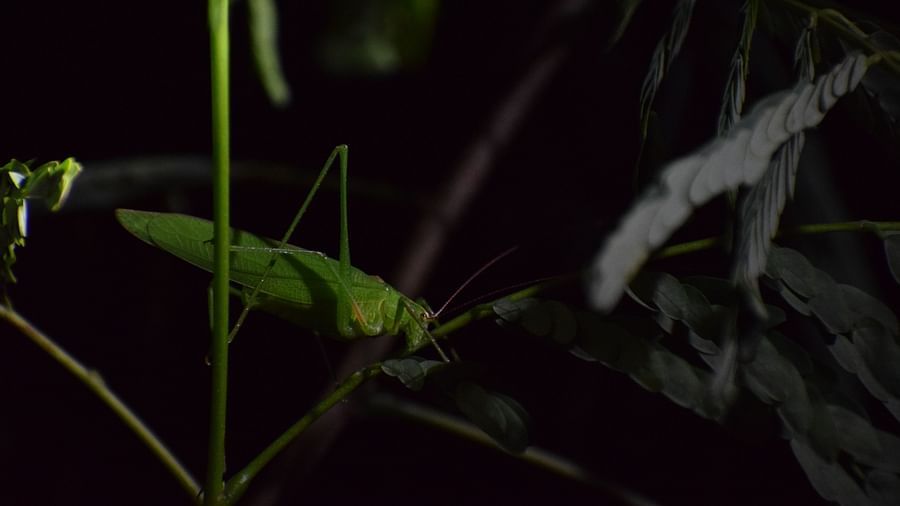
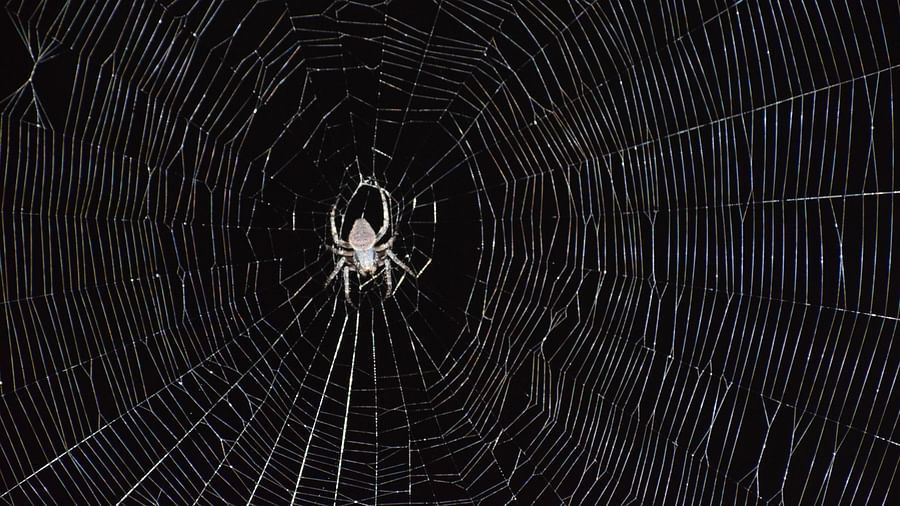
As the rainfall increases in intensity, the birds can be seen enjoying the feast. However, weathering storms and heavy rains can be very challenging, so they live in the hollows of trees, and some birds like swallows and kingfishers use the mud for shelter. Most birds have a chemical called preen oil in their wings, which is produced by a special gland they have. They use this oil to protect their feathers from water. And this oil is not found in the wings of the cormorant bird.
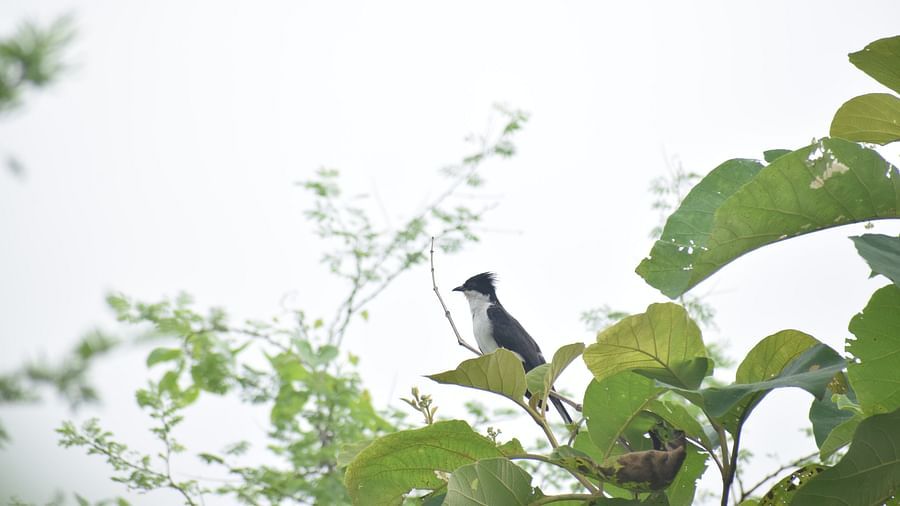
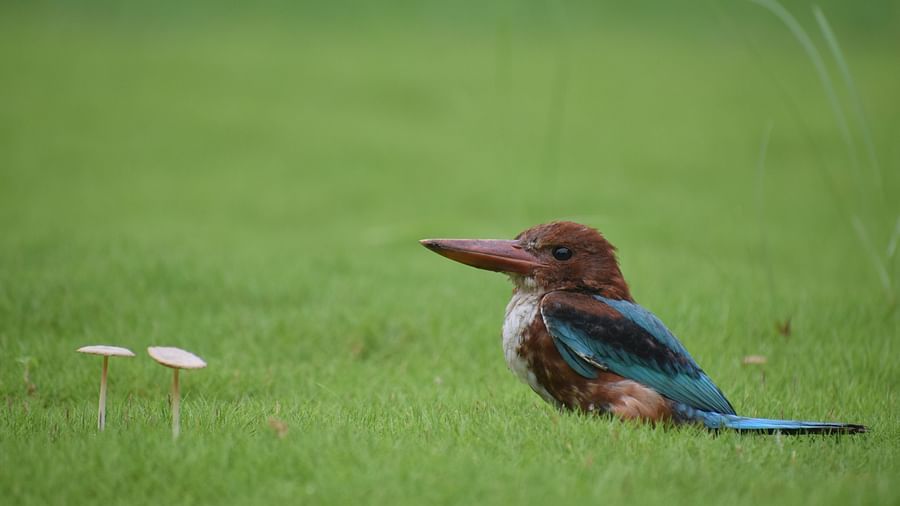
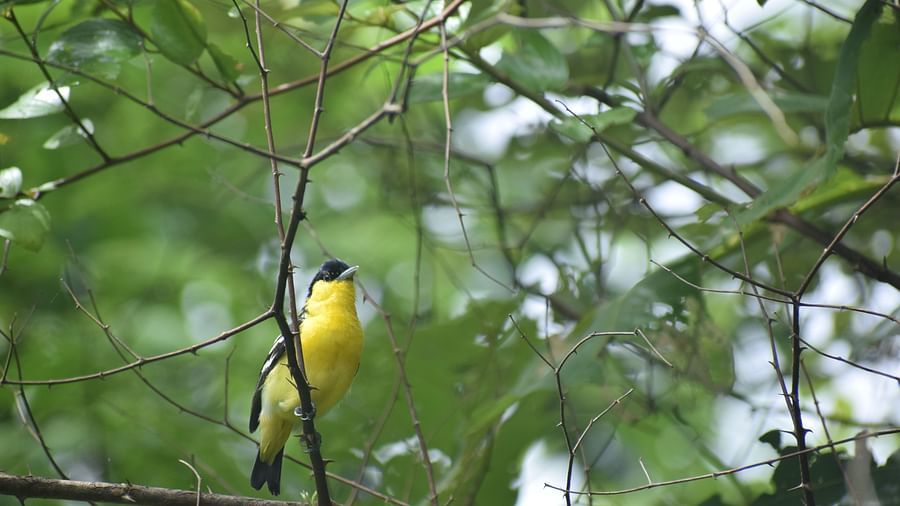
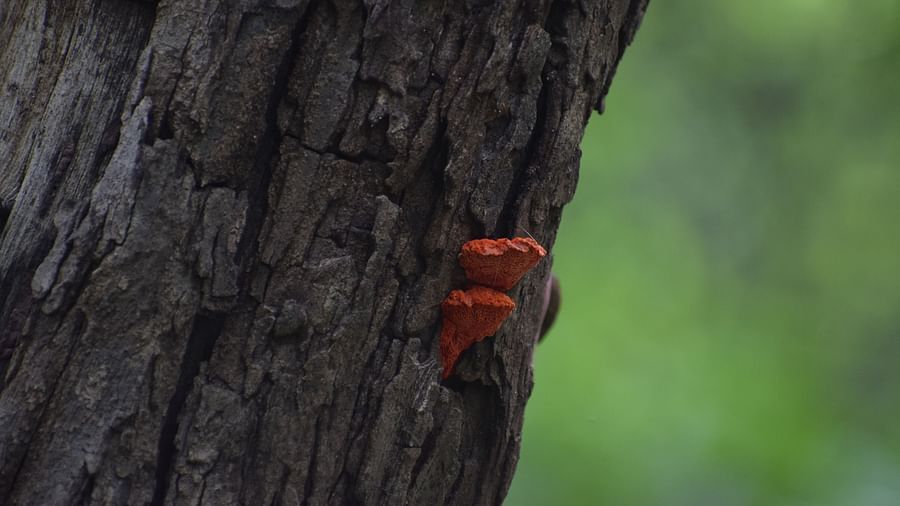
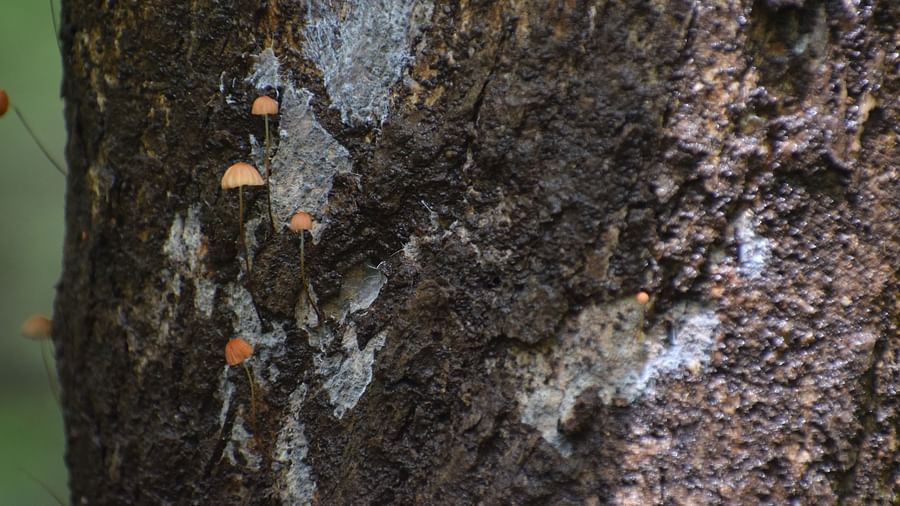
At this time of the year, a large number of species laying dormant come alive, become highly active and make use of these favourable conditions to breed, feed and give life to the next generation. Aramness’ game drives offer abundant opportunities to witness the flora and fauna of Gir National Park. As you journey through the park, you’ll encounter these incredible creatures going about their lives, providing you with glimpses of their world and inviting you to fully immerse yourself in the present moment.
The Gir National Park will officially open for safaris from October 16th onwards. Reserve your spot now and let our team curate a one-of-a-kind Gir itinerary for you.

